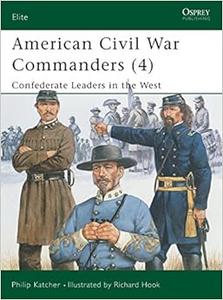
Free Download Adam Hook, "Forts of the American Frontier 1820-91: The Southern Plains and Southwest"
English | 2006 | pages: 66 | ISBN: 1846030404 | PDF | 19,5 mb
During the early decades of the 19th century, the Southern Plains of the North American continent were only occasionally visited by explorers, trappers, traders, and missionaries. The first trading posts and forts were built then, such as Adobe Walls in the panhandle of North Texas, and Tubac Presidio in New Mexico. During the 1840s, when the ‘Great American Desert’ became the scene of an inexorable westward expansion, European pioneers and settlers flooded overland from the eastern seaboard. As they headed west, these settlers invaded and absorbed the traditional lands of the Native American. Via a series of Acts passed by Congress, many members of the Five Civilized Tribes (the Creek, Cherokee, Choctaw, Chickasaw and Seminole) were moved to reservations. It was hoped that a Permanent Indian Frontier guarded by a line of military forts would separate the Indian from the ‘white man’ forever. Numerous posts were built to police the southern end of this frontier between 1820 and 1840.








